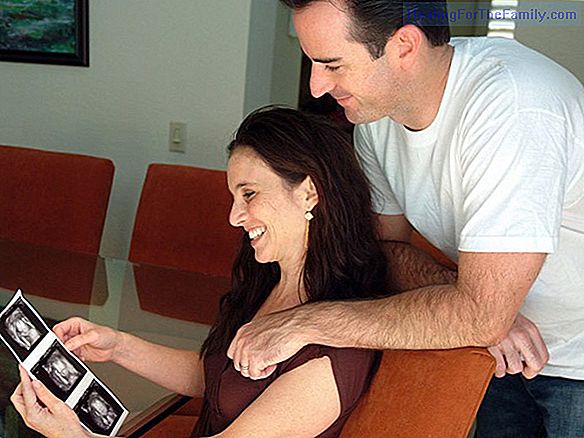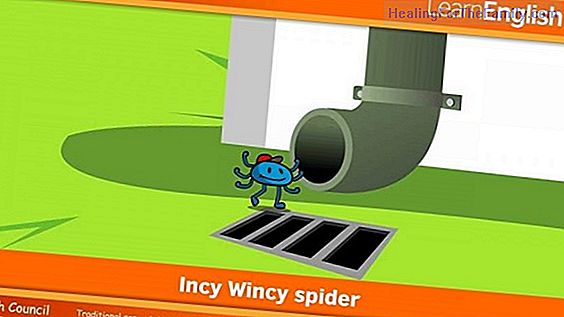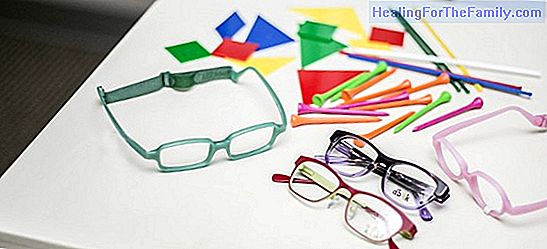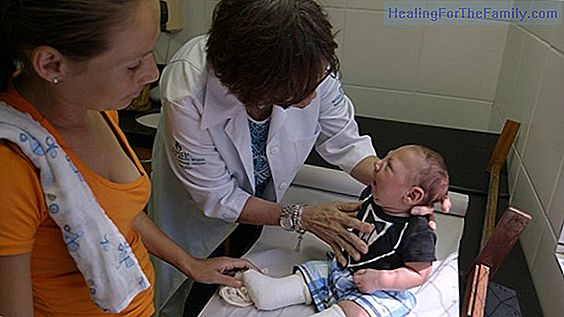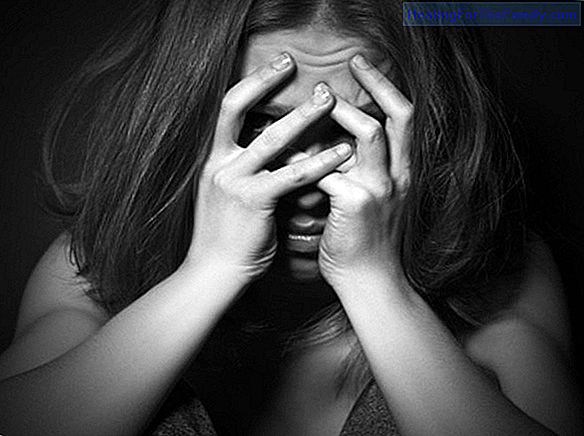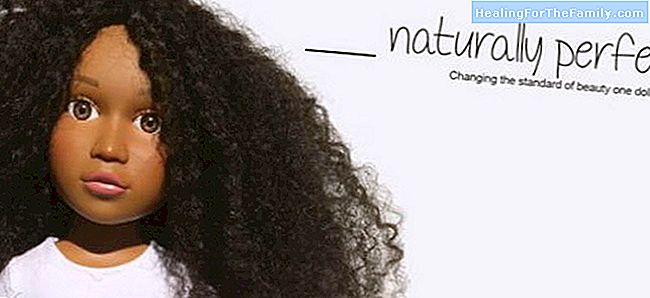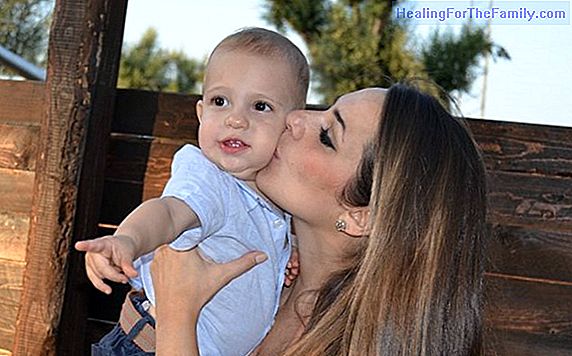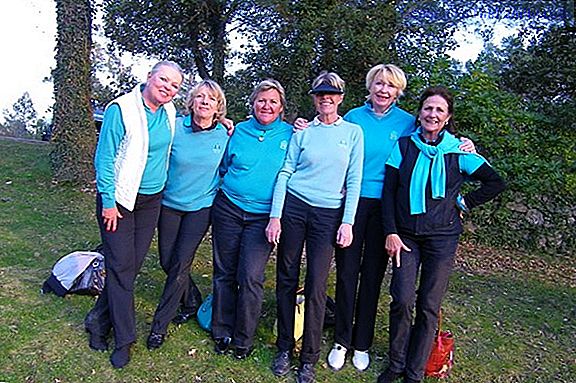The disease of crystal bones in children
The so-called crystal bone disease, called osteogenesis imperfecta, is a genetic and incurable disorder that affects the bones of the body causing its rupture without any cause it provokes it and with great ease before the minimum blow, sometimes also being affected the muscles since these become we
The so-called crystal bone disease, called osteogenesis imperfecta, is a genetic and incurable disorder that affects the bones of the body causing its rupture without any cause it provokes it and with great ease before the minimum blow, sometimes also being affected the muscles since these become weak.
Sometimes people suffering from crystal bones disease may also have hearing impaired causing deafness. In addition, this disease persists throughout the life of the person who suffers although sometimes the number of fractures may decrease after adolescence.
Causes and symptoms of crystal bones disease in children

Osteogenesis imperfecta is caused by a genetic alteration that affects the production of collagen in the human body, which directly affects the fragility of the body's bones. If it is not diagnosed, it can sometimes lead health professionals to suspect that the patient may be suffering from child abuse due to the fractures and frequent bruising that it causes.
There are 17 different types of crystal bone disease varying from mild to severe depending on the symptoms that the child presents, which may be:
- Malformations.
- Weakness in the joints and muscles and respiratory problems.
- Short stature and small body.
- Brittle teeth, triangular shaped face, frequent bruising.
- Scoliosis or bulging rib cage.
Diagnosis and treatment of crystal disease in childhood
The diagnosis is clinical although genetic tests can also be done. Occasionally, it can be detected around the 16th week of gestation by means of a perinatal ultrasound to detect possible fractures and incrustations of the limbs.
Osteogenesis imperfecta has no cure so there is no treatment to fight against it, although preventive measures can be taken so that the damage is minor, such as leading a healthy lifestyle by exercising to keep the muscles strong, maintaining a balanced diet and increasing bone density.
The care will depend on the degree of affectation. Neonatal care and early mobilization to prevent the tendency to decrease bone density are essential in newborns.
In children suffering from crystal bones disease it is important to start with physiotherapy as soon as possible to strengthen bones and muscles, thus helping to reduce the number of fractures.
Cristina González Hernando. Editor of Guiainfantil.com

